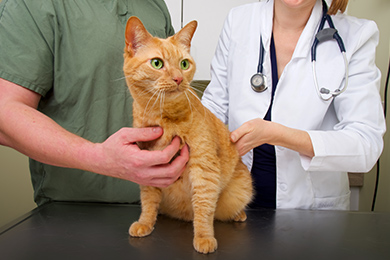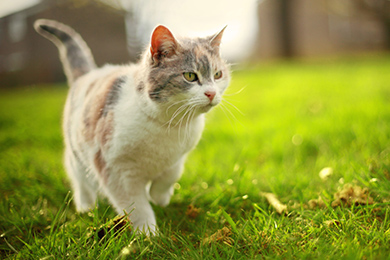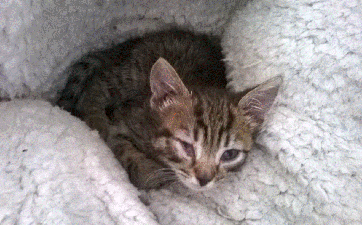chlamydia in cats uk
Chlamydia disease - The Brook Vet Chlamydia disease Chlamydia is not particularly common in the average pet cat but can be a significant problem in cats in close contact. All about feline infectious diseases Nobivac can help protect against.

Infectious Diseases Bishops Stortford Vets
Medicine can also be applied orally.
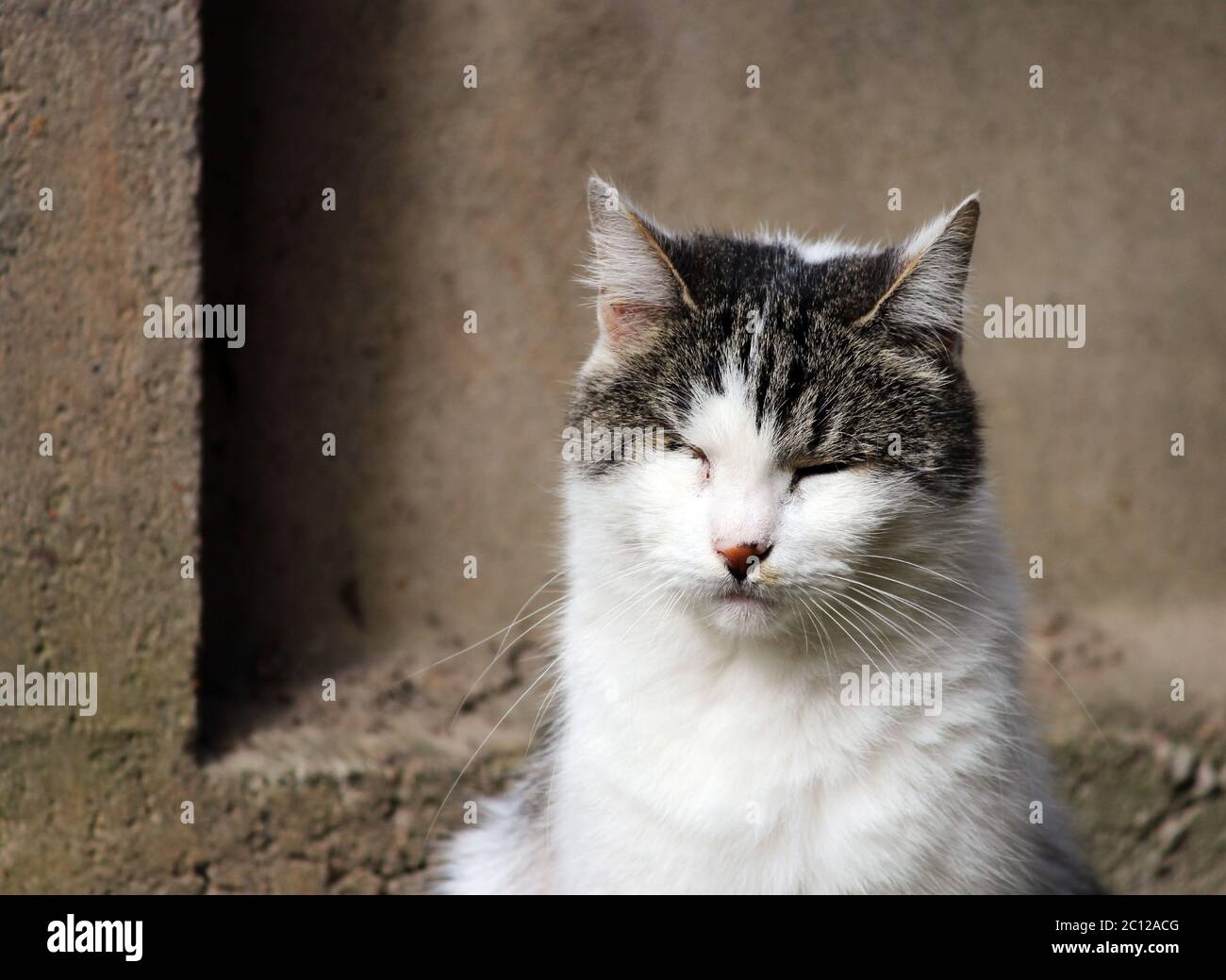
. Up to 30of cases of conjunctivitis in cats may be caused by Chlamydophila felis. It is rarely fatal but can be a real problem because the symptoms may be very difficult to clear up. Signs of chlamydia in cats The incubation period of chlamydia in cats is between three to 10 days and again conjunctivitis is the predominant sign.
Feline chlamydophilosis is more commonly seen in kittens ranging from five to twelve weeks of age. The most common signs of chlamydia in cats involve the eyes or the upper respiratory tract nose or throat and only when infection is not treated does it spread to the lungs. Death from chlamydiosis alone is rare.
Sometimes called Chlamydial Conjunctivitis chlamydia in cats is caused by the bacteria Chlamydia felis. Pathophysiology Maternal immunity wanes at 6-8 weeks. Chlamydia in cats is a highly contagious respiratory infection.
Chlamydia are very small bacteria that can be used to infect numerous other mammals and humans in addition to cats. In cats without urtd prevalences were 187 11 for both pathogens. If your cat has chlamydia its important that you.
Chlamydia felis infection is fairly common in cats and causes conjunctivitis and a thick yellow discharge from their eyes. Up to 50 of normal healthy dogs have antibodies to chlamydia. Your cat can be vaccinated against chlamydophila felis on the advice of your vet.
With treatment the prognosis is positive. Chlamydiaceae is a family of obligate intracellular pathogens with a worldwide distribution in. Prevalence of Chlamydophila felis in Cats Chlamydophila felis is the infectious organism most often isolated from cats with conjunctivitis particularly chronic conjunctivitis.
Chlamydia in cats is a bacterial infection that typically affects the eyes. Felis can cause up to 30 percent of chronic conjunctivitis in cats. Humans can be infected with Chlamydia psitacci but the bacterium that infects cats Chlamydophila felis is highly adapted to this species.
The pathogen responsible for the condition is the bacterium Chlamydophila felis C. This bacteria has also been reported to infect the genital tract and joints. Sometimes called chlamydial conjunctivitis chlamydia in cats is caused by the bacteria chlamydia felis.
Treatment and Prevention Eye drops are administered and a wide range of antibiotics may be used. The bacterium is readily killed by common disinfectants and does not survive long in the environment. In addition inflammation and redness in the cats third eyelid are often very noticeable.
The disease in cats is also known as feline pneumonitis which can be misleading because these bacteria rarely cause pneumonia in cats. Chlamydophila felis Chlamydophila felis a highly modified intracellular bacterium. Chlamydia in cats uk.
It is a bacteria that invades and infects your cats eyes and is one of the most common causes of conjunctivitis in cats. Routine hygiene precautions are recommended when handling and treating. Chlamydophila felis is a type of bacteria that causes conjunctivitis in cats and kittens.
Cats that have developed this infection will often exhibit traditional signs of an upper respiratory infection such as watery eyes runny nose and sneezing. Felis formerly known as Chlamydia psittaci. Chlamydia psittaci is an important pathogen and should always be considered when evaluating cats with conjunctivitis.
The first manifestations of feline chlamydia consist of aqueous discharges in one or both eyes. Causes of Chlamydia in Cats As told before chlamydia in cats is caused by a bacterium called Chlamydophola felis. At first it only affects one eye but within a few days it might possibly affect both eyes.
Chlamydia felis infection is relatively common in cats it is thought to be a cause of up to 30 of cases of chronic conjunctivitis. Chlamydiosis refers to a bacteria based chronic respiratory infection caused by the Chlamydia psittaci bacterium. Heres what you should know about the symptoms diagnosis and treatment of this common eye infection in cats.
It is the persistent nature of this disease especially in multi-cat households that make this disease such a problem. Free delivery From 89 GBP. Chlamydia felis is a Gram-negative bacterium that is an obligate intracellular parasite of cats.
Infection therefore typically occurs through direct contact and disease is more commonly seen where large groups of cats are kept together such as multi-cat households breeding catteries and shelters. Conjunctivitis may be defined as the inflammation. Feline Chlamydophila formerly known as Chlamydia mainly causes conjunctivitis in the cat.
Feline chlamydial conjunctivitis is an infection caused by a bacterial organism called Chlamydophila felis. It can cause conjunctivitis or infection of the inner eyelids and sclera or whites of the eyes. It is very easily spread from cat to cat.
There have been one or two reports of human conjunctivitis following contact with a cat harbouring C felis but the risk appears to be extremely low. FCV is an infrequent cause of conjunctivitis and only causes the disease in conjunction with other clinical signs of this infection such as oral mucosal ulcers and upper respiratory tract disease. Chlamydial conjunctivitis is an infection of the membrane around the eye the conjunctiva.
Chlamydia felis does not survive outside of the host so close contact between cats is required for transmission usually via ocular discharges. Cats on 10 of 22 sheep farms 45 per cent had serological evidence of chlamydial infection and this was confirmed on two farms by isolation of the organism from conjunctival and or rectal swabs. Chlamydia in cats uk.
Kittens then susceptible to airborne transmission. Chlamydial-like agents such as parachlamydia can frequently be isolated from cats but often from healthy cats. It appears as if liquid has been poured into the cats eyeballs.
Although cats of all ages can be infected the disease is most commonly seen in kittens or where cats are kept in groups or housed. Different strains of Chlamydia felis and Chlamydia pneumoniae bacteria cause significant eye infections in cats. Signs and symptoms of feline chlamydia.
Predisposing factors General Stress-induced reactivation. Chlamydia felis previously known as chlamydophila is an infection in cats caused by a certain type of bacteria. As the days go by the secretions will become more.
Transmission of and Risk Factors for Feline Chlamydia. This bacteria occupy and infect the conjunctiva cells that leads to inflammation and ocular discharge. Chlamydiosis typically affects young cats under 9 months of age.
Conjunctival replication cells degenerate and slough conjunctivitis 5-10 days after exposure. Vets can usually treat the illness with eye drops or antibiotics if the infection has spread. It can affect cats of any age but is more common in young kittens.
Shipping within from 3 to 5 days. In cats chlamydia mainly cause conjunctivitis cat cold and bronchitis.
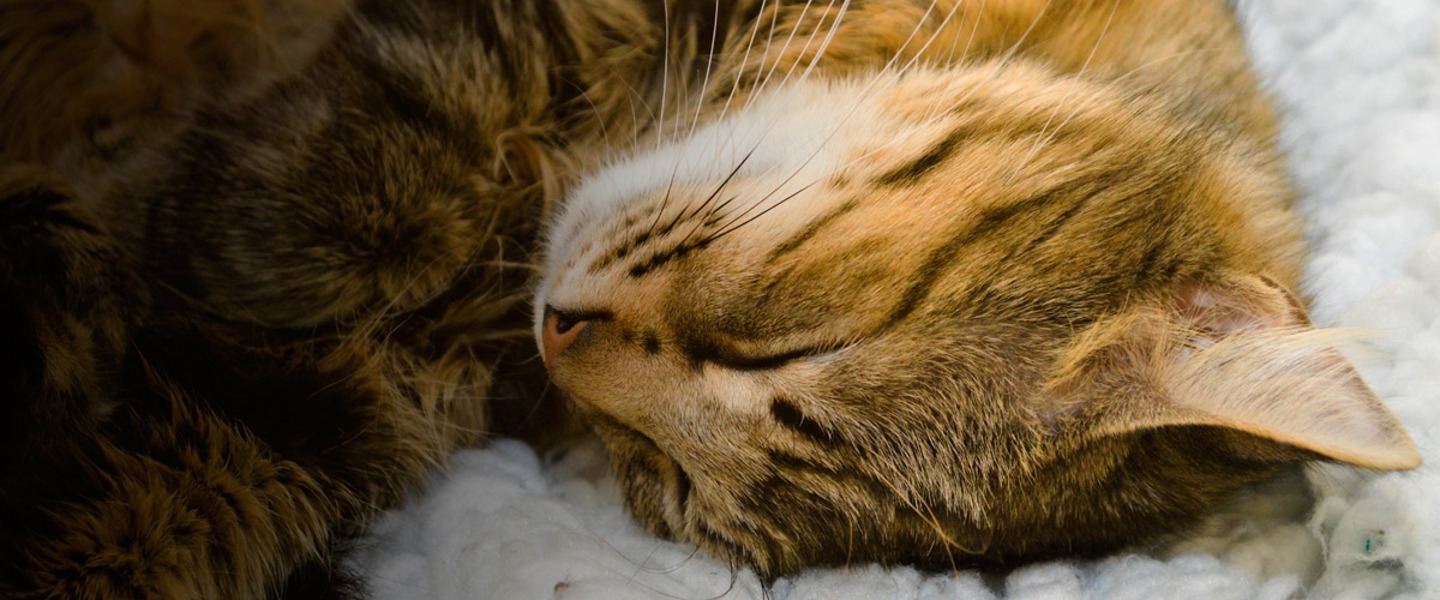
Chlamydophila In Cats Help Advice Cats Protection
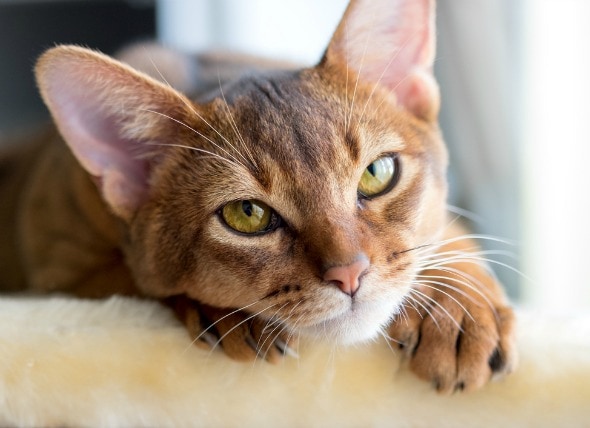
Upper Respiratory Infection Chlamydia In Cats Petmd

Vaccinations For Kittens And Cats Queen S Park Pet Hospital
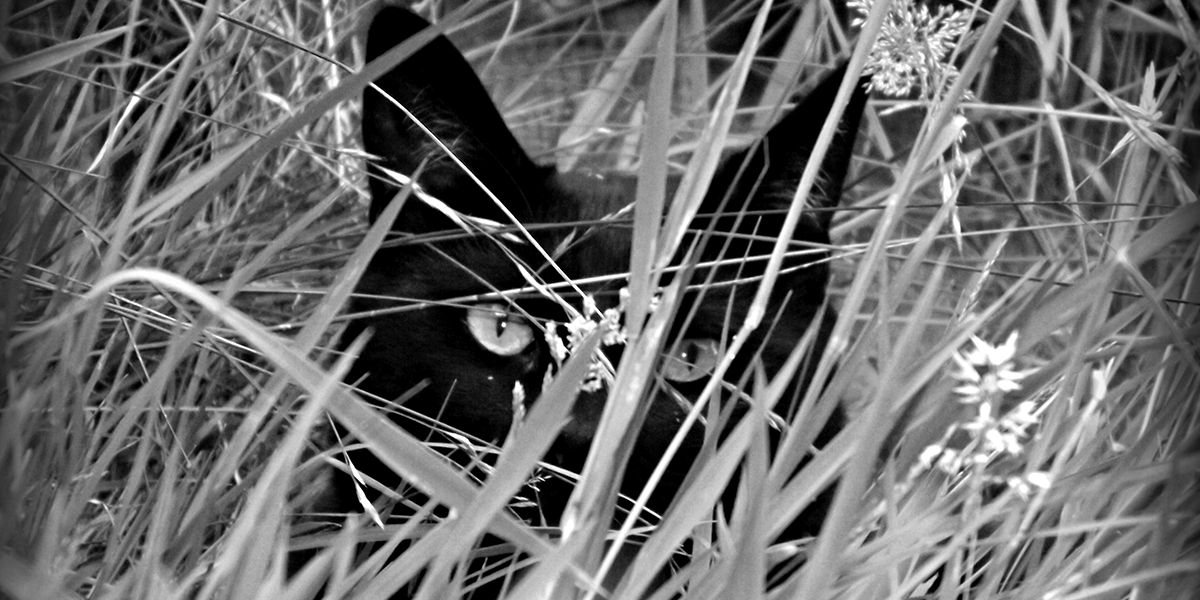
Chlamydophila Felis Infection Feline Chlamydophilosis International Cat Care
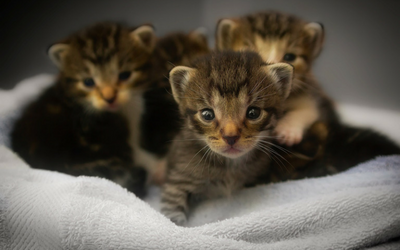
Chlamydial Conjunctivitis In Cats Vca Animal Hospitals

Chlamydia In Cats What It Is And What It Isn T Catster
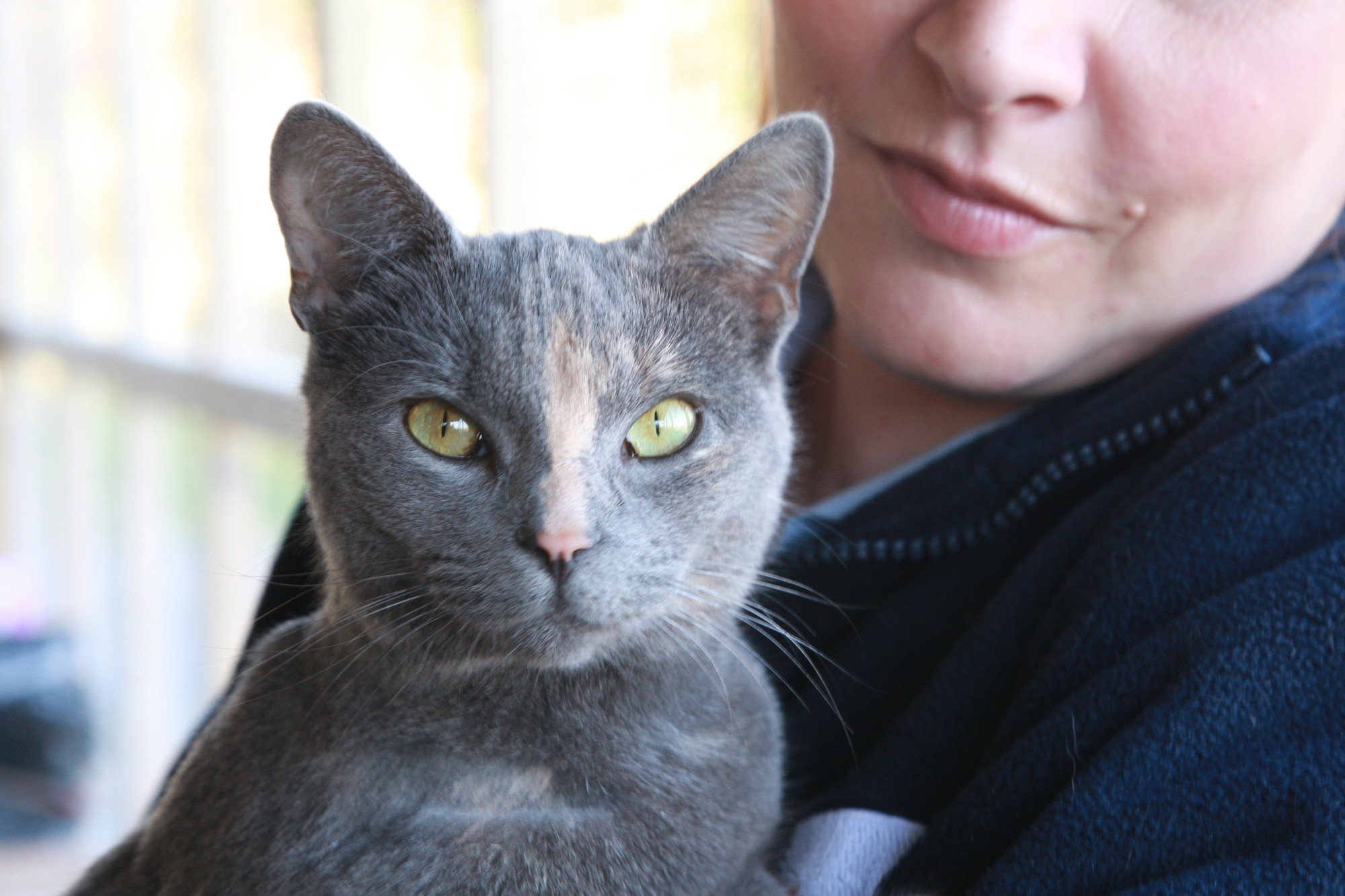
Can People Catch Cat Illnesses And Diseases Blue Cross
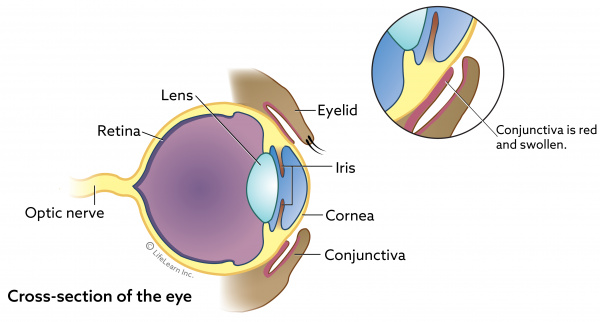
Chlamydial Conjunctivitis In Cats Vca Animal Hospitals

Chlamydia Disease The Brook Vet

Chlamydia In Cats What It Is And What It Isn T Catster

Chlamydia Eye High Resolution Stock Photography And Images Alamy
